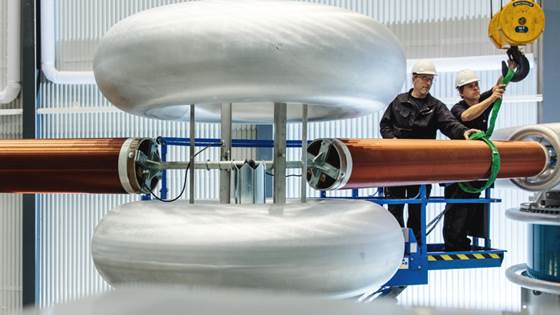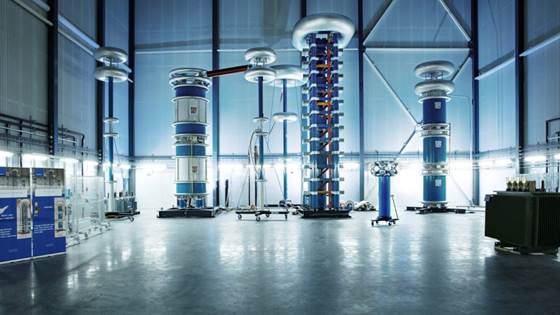Currently, the condition of electrical power components is often checked during scheduled or routine maintenance. However, an increased use of sensors facilitates condition-based maintenance, which both consumes less resources and can increase the security of supply.
The degradation of components in the energy system can be impacted by a number of factors, including both operational parameters, such as power and voltage, and external environment influences, such as temperature and humidity. Normally, a qualified professional will periodically conduct a manual inspection of these components, which often requires the equipment to be disconnected from the grid. This not only reduces the component’s service life, but it can also challenge the capacity of the entire power grid.
As manual inspections are often expensive, their frequency is often limited. This can allow minor faults to develop into serious problems. However, using sensors to continuously monitor the components enables errors to be discovered immediately and the appropriate measures to be subsequently initiated to solve the problem.
At SINTEF, we have decades of experience working with electrical power components. We have in-depth expertise on breakdown mechanisms in different types of electrical insulation systems, as well as state-of-the-art laboratories for testing sensors in realistic conditions. In addition, we have extensive experience in designing model systems that analyse and interpret measurement data from sensors.
We work with the following topics:
- Testing of temperature, humidity and strain sensors for transmission lines
- Acoustic sensors for monitoring circuit breakers
- IoT sensors in the power grid and secure communication
- Sensors for detecting partial discharges during transient overvoltages
- Big data analytics for digital inspections
Our typical projects include:
- Designing sensor systems that measure critical parameters at relevant points in different types of electrical power systems
- Testing sensor systems in realistic conditions; HIL simulations
- Developing numerical models for interpreting measurement data and using it to predict the service life of electrical power components
- Testing different communication and network solutions for IoT sensors with respect to (cyber)security and reliability
We use the following methods:
- Models and simulations
- Laboratory experiments
- Field measurements
Who do we do this for?
- Grid companies
- Energy companies
- Suppliers of:
- Electrical power components
- Sensors
- Communication platforms
Relevant projects:
- ECoDis: Engineering and Condition Monitoring in Digital Substations
- DynKap: Dynamisk kapasitet i framtidens kabelnett (Dynamic capacity in the future cable network)
- FastTrans: Insulation stressed with fast rise time repetitive voltages from high voltage power electronics
- SmartACT: Smart On-Line Health Assessment of Cable Terminations




